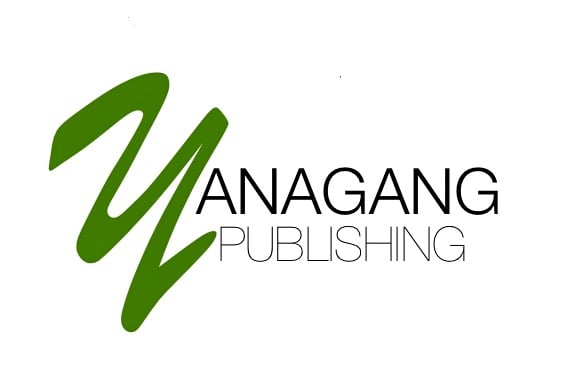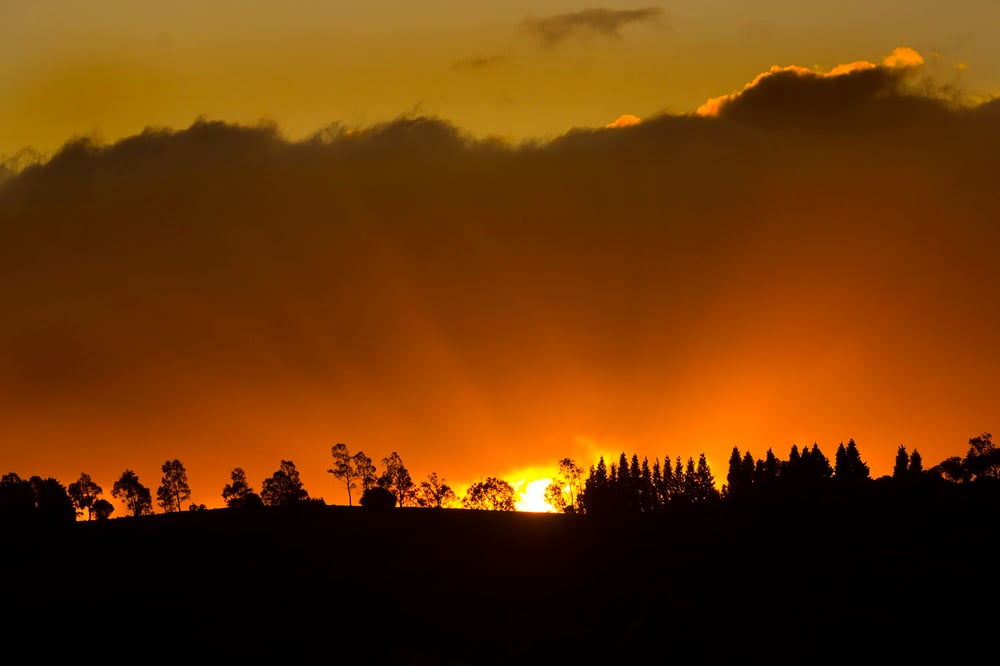Nu' Day 2008: Twelve piano pieces for the year of the Apology
$30.00
Nu' Day 2008
With a gathering volume of Aboriginal voices insisting on the importance of Indigenous affairs, January 2008, Fiery First
Light sets the scene for indignant self-assertion, and a new wave of protest and upheaval.
This upheaval is represented by the flood of warm sunlight that heralds the start of a bright new day but flickers and falters as it is forced to dance in and around the natural elements and obstacles that already exist in the environment; a beautifully striking metaphor for the political pathway of 2008 and represented in the music by contrasting episodes of thick flowing quavers with sparser syncopated material.
February 2008, the month of the national Apology to the Stolen Generations, contrasts the early Christian lullaby Lullay Lulla Thou Little Tiny Child, (dealing with the slaughter of the Innocents by decree of King Herod, and the flight into Egypt) with the Arnhem Land lullaby* Ngandi Miringu Nai: what mealy-mouthed hypocrisy that can weep crocodile tears for one while repeating the self-same persecution on the other! Is the Apology the place where the two may meet?
After its initial tender statement, the Arnhem Land lullaby grows in rage and passion until it becomes distorted into a ferocious syncopated pattern that uses the entire range of the keyboard. This subsequently morphs into a sobbing two-note motif which reappears in various guises throughout the remainder of the cycle. However, of even greater significance is the subdued and apologetic reprisal of the original "Lullay Lulla" carol - a meek realisation of the wrongness of its original dominance and ferocity.
March 2008, Lake Condah celebrates the granting ofnative title to the Gunditjmara and reflects on a boyhood incident related by Uncle Kenny Saunders. Living on the Lake Condah Mission, he awoke very early one morning and, walking along in the faint dawnlight, was puzzled by the sight of the Lake's surface. He couldn't make sense of it.
Making some disturbance as he moved closer, suddenly the whole surface of the Lake rose up into the air and took flight; the entire surface of the Lake had been covered by water birds! Dammed and drained for many years, the Lake has now been restored to reflect its original condition.
April 2008 From Little Things Big Things Grow reflects on growth and progress accumulating inch by inch, generation by generation, as Aboriginal people assert their humanity, equality and right to self-determination.
The sobbing motif introduced in No. 2 is fully realised here, with a long drawn out introduction portraying the deep heartbreak and suffering of the Aboriginal people. The brutality of their repression and consequent attempts to rebel against it are portrayed through violent cross rhythms in the middle, whilst the last eight bars seem to convey the slow disintegration of hope and a complete and utter weariness.
May 2008 Nettie Loved Sister reflects on the positive, sensible and practical nature of my sister, who died in this month.
June 2008 Intention, Invention, Intervention is an angry outburst against the injustice of the high-handed policy of Intervention, imposed the previous year by a government hell-bent on keeping Aboriginal people in a position of disadvantage and subservience.
The Arnhem Land Lullaby makes an important re-appearance here, this time with the strings of the piano muffled to prevent any reverberation - a musical representation of the Stolen Generation, with the parental voice being supressed by outside forces.
July 2008 Advance Australia Fair? reiterates the question asked in the official title to Naidoc Week 2008, protesting once again at hypocrisy and injustice. As is often the case in Aboriginal culture, anger and humour go hand in hand.
August 2008 Home Country brings peace and security when selfcan identify with land; a wholeness that heals and nurtures.
September 2008 Spirit Comes, with force and energy amid celebration and rejuvenation. The most improvisatory of the twelve pieces, this movement references nature to great dramatic effect, with numerous bird calls, erratic and frequent changes of mood and temperature and echoes of the play between wind and water found in 'Lake Condah'. However, an unexpected bell chime in the last third of the piece heralds the approach of foreign influences and the movement ends uncomfortably on a previously unreferenced F major chord.
October 2008 The Long Road Home, based on another memory of Uncle Kenny Saunders, as the Mission adults and children walked so many miles home after buying supplies in Condah, with white travellers forbidden to pick them up and give them a lift. But for so many Aboriginal people The Long Road Home reflects the struggles, generation upon generation, to re-establish self in a meaningful self-determined, dignified spiritual environment.
November 2008 Darcy, New Gen, Machine Age, a little boy ofour family revels in the magic of machinery; the coming future of this generation growing to adulthood. A future which we know will be very different, but we hope may be positive and restorative.
December 2008 Waiting, watching and waiting for the dawn when that fiery first light may grow to full day, enfolding all in the warmth of justice.
An alternating 5/4-6/4 time signature indicates the awkward nature of the attempted reconciliation until the Arnhem Land Lullaby makes its final appearance, bathing in the glow of a warm E flat major tonality. For the first time, a stable key centre achieves a settled peace with the slow spelling out of the tonic major chord as the final resolution.
*Arnhem Land Lullaby, Ngandi Miringu Nai, quoted by kind permission of copyright holders Ted Egan and Dick Mununggu.
Dindy Vaughan
Dindy Vaughan is a writer, educator and composer. A graduate BA (Hons) Sydney and MA Flinders, she has held tertiary lectureships at RMIT and VUT, as well as being an Academic Assessor for Deakin University.
She has worked extensively in community research and development, including oral history, adult education, Australian social history, theatre and environmental programs. Through her business, Gallery Without Walls, she has worked closely with artists, writers and musicians, integrating programs and organising performances, exhibitions, and events. Her publications include books, music scores, and articles.
Dindy Vaughan's music compositions range widely, encompassing vocal, choral, chamber, keyboard and orchestral works, as well as youth music and music for theatrical productions. In 2006 she was commissioned by Music Glenelg to write a Symphony, Discovery, and with her CD Up the Creek she was a Finalist in the Australian Classical Music Awards 2006.
In 1996 Dindy Vaughan was the recipient of the prestigious University of Sydney Alumni Award for Achievement in Community Service. She appears in Marquis Who's Who in the World Millennium 2000 Edition and subsequent editions, as well as other national and international biographies.
David Laughton
David Laughton is a highly sought after solo and collaborative pianist who currently maintains a successful career across Europe, the USA and Australasia. He has appeared in recital at Carnegie Hall, New York; Wigmore Hall, London; the Louvre, Paris; Jubilee Hall, Singapore; the Cologne Philharmonie; the Royal Concertgebouw of Amsterdam; the Dmitri Mitropolous Concert Hall of Athens and the Palais des Beaux Arts of Brussels. His performance of the Grieg Piano Concerto with the Geminiani Chamber Orchestra earned him the 1994 3MBS FM Performer of the Year Award and in 1997 he was one of the top ten finalists in the Cincinnati World Piano Competition. His numerous competition successes include first prize in the 1994 Hephzibah Menuhin Memorial Scholarship, 1995 Austral Salon Scholarship, 1997 Royal South Street Concerto Competition and 1998 Darius Milhaud Award and silver medal in both the Corpus Christi and Isabel Scionti International Piano Competitions.
An active chamber musician, Mr Laughton has collaborated with many of the world's most celebrated artists, including cellist Alisa Weilerstein, violinist Karen Gomyo, blues musician Corky Siegel, soprano Valeria Esposito and actress Dame Harriet Walter. He has been featured at a variety of international festivals, including Ravinia, Van Cliburn, Caramoor, Brisbane and Bad-kissingen and as a teacher has mentored finalists and prizewinners at major national music competitions in the UK and Japan.
Mr Laughton graduated from the Juilliard School in 2001 with a Master of Music Degree and is Fellow of Trinity College London.
credits
released May 27, 2017
Copyright Dindy Vaughan
CD layout and design by Nicole Downes-Ralph
Cover Image by Michael Silver
Recorded, mixed and mastered by Allan Neuendorf at New Village Studios, Burwood Victoria
www.dindyvaughan.com.au

